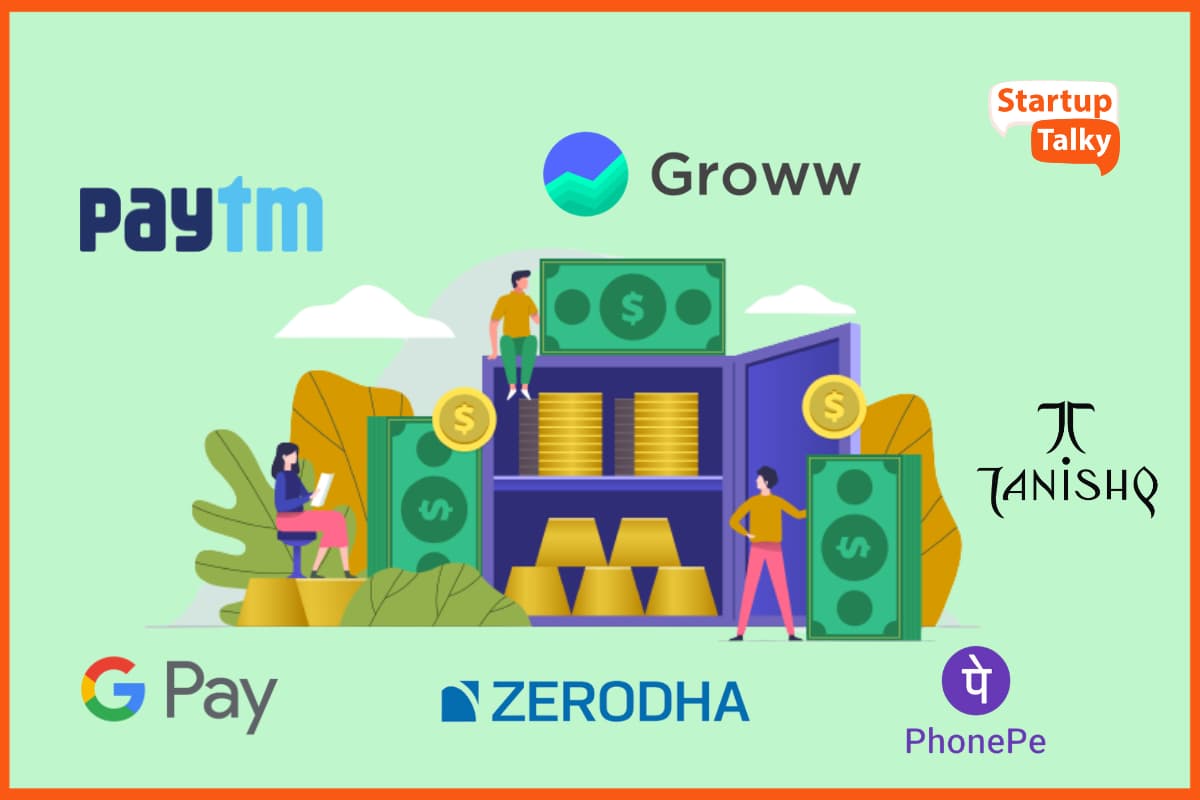Brainbees Solutions, the parent company of omnichannel retailer FirstCry, has submitted its draft red herring prospectus (DRHP) with plans to raise ₹1,816 crore through the issuance of fresh shares and an offer for sale of more than 54 million shares. The Pune-based company intends to utilize the raised capital for establishing new stores and warehouses, as well as facilitating international expansion. Despite being valued at under $3 billion in the private market, the company is anticipated to launch its public issue at a valuation of approximately $4 billion.
Notably, existing investors such as SoftBank Vision Fund led by Masayoshi Son, Premji Invest, Mahindra Retail, and TPG Growth, among others, will divest a portion of their shares in FirstCry. In addition, all four co-founders of FirstCry will also sell part of their stakes to new investors through the offer for sale, with the proceeds not contributing to the company’s funds.
Ratan Tata is set to sell nearly 78,000 shares, while SoftBank plans to sell 2 crore shares, Mahindra Retail 28 lakh shares, and Premji Invest will offload 86 lakh shares, as revealed in the filings. Currently, SoftBank and Premji Invest hold 25.5% and 10.36% of FirstCry, respectively, with SoftBank being the sole investor possessing more than a 15% stake in the company.
CEO Supam Maheshwari has also diluted his holding, reducing from about 8.15% a year ago to 6%. The remaining co-founders – Sanket Hattimattur, Amitava Saha, and Prashant Jadhav – own 0.58%, 2%, and 1.44% of the startup, respectively.
Additional selling stakeholders encompass PI Opportunities Fund, NewQuest Asia, Apricot Investments, Valiant Mauritius Partners, TIMF Holdings, Think India Opportunities Master Fund, and Schroders Capital Private Equity Asia. The funds generated from these transactions are earmarked for several purposes, including the establishment of new contemporary stores and warehouses in both India and Saudi Arabia. Furthermore, the funds will be allocated for lease payments related to existing stores, acquiring a supplementary stake in indirect subsidiaries affiliated with GlobalBees Brands, financing marketing and technology expenses, and supporting inorganic growth initiatives.
FirstCry has indicated the possibility of exploring a private placement of equity shares for specific investors, with a potential infusion of up to Rs 363 crore, as outlined in the filing. If the pre-IPO placement materializes, the funds raised will be subtracted from the fresh issue, with the total amount not exceeding 20% of the overall size of the fresh issue.
The company boasts in-house brands such as BabyHug, CuteWalk, Pine Kids, and Babyoye. Its comprehensive omnichannel approach encompasses 80 warehouses and stockists spread across 47 cities in India, boasting a cumulative capacity of 3.07 million sq ft to support 936 modern stores. Among these, 615 stores operate under franchise ownership, while 321 are directly owned and operated by the company.
For the efficient execution of its expansion strategy, FirstCry plans to allocate Rs 357.2 crore from the net proceeds. These funds will specifically be channeled into capital expenditures for fit-outs, inventory costs, and security deposits, facilitating the establishment of 483 new stores in India by the fiscal year 2026-27.
The book-running lead managers for the IPO are Kotak, Morgan Stanley, Bofa Securities, JM Financial, and Avendus, with Link Intime India Private Limited serving as the registrar of the offer.
Although the specific dates for FirstCry’s IPO subscription have not been disclosed in its DRHP, various media reports suggest that the public issue is anticipated to open in early 2024. Details such as the offer price and IPO price band are yet to be announced.
Established in 2010 by Maheshwari and Amitava Saha, the company initially commenced operations as an online baby care brand but swiftly transitioned to an omnichannel strategy, mirroring the approach of many direct-to-consumer entities. Despite experiencing consistent revenue growth, FirstCry encountered ongoing losses over the years. In the past decade, the company managed to achieve brief profitability in FY21, attaining a profit of Rs 216 crore.

However, the financials for FY23 reveal a substantial six-fold increase in losses, reaching Rs 486 crore for the year. This escalation in losses occurred despite a twofold surge in sales, with the company reporting revenue from operations amounting to Rs 5,632 crore during FY23, more than double the Rs 2,401 crore recorded in the preceding year.
The expenses for the year exhibited a notable 146% increase, rising from Rs 2,568 crore in FY22 to Rs 6,316 crore in FY23. Virtually every cost component experienced a significant uptick for the company during this period.
According to the DRHP, FirstCry primarily contends with organized entities in the Indian Childcare Products market. This includes horizontal online platforms like Amazon, Flipkart, and Meesho, as well as vertical online platforms such as Hopscotch, Myntra, and Ajio. Additionally, it competes with multi-brand and exclusive retailers like Reliance Trends and Gini & Jony. Notably, there are no significant organized specialty vertical multi-channel players in India’s Childcare Products market.
A RedSeer Report indicates that India boasts the largest population of children globally, with approximately 309 million children under 12 years of age as of July 1, 2022, and a birth rate of 16.4 births per thousand people in the calendar year 2021. Despite the current nascent spending per capita on childcare products in India at ₹7,975 in the calendar year 2022, it is projected to grow rapidly, with an estimated CAGR of around 15% from 2022 to 2027. This growth rate surpasses that of mature markets, such as the USA (3%) and China (7%), as outlined in the DRHP.
FirstCry acknowledges potential risks in its future endeavors, highlighting concerns about expenses related to marketing, expansion, retail distribution, and stock options that could adversely affect its financial condition.
The DRHP explicitly states, We cannot assure you that we will continue to grow our customer base at this rate or at all in the future. Further, if we fail to acquire new customers, or fail to do so in a cost-effective manner, we may not be able to maintain or increase our revenues or grow our operations.





















